The Hotel Data Integration Challenge
Everything You Need to Know About Making Hotel Data Integration EASY!
Integrating data across various systems and departments within a hotel can be a challenging task.
Hotel management companies succeed when they can see the big picture and when their data is brought together to show how all areas of the business are working together.
There are many types of data that a hotel may need to integrate across its various systems and departments. Some examples of data that may be relevant to a hotel include:
- Guest information: Personal details, contact information, and reservation history for guests who have stayed at the hotel.
- Room information: Details about the various types of rooms available, rates, and availability.
- Financial data: Information about revenue, expenses, and profits.
- Marketing data: Information about promotional campaigns and the effectiveness of various marketing efforts.
- Sales data: Information about group sales, corporate rates, and other sales activities.
- Human resources data: Information about employee schedules, payroll, and benefits.
- Point-of-sale data: Information about products and services purchased by guests, such as food, beverages, and spa treatments.
Integrating this data from various sources and systems can help hotels to better understand their operations, identify opportunities for improvement, and make more informed business decisions.
The Challenges of Hotel Data Integration
One of the main challenges in integrating hotel data is the need to ensure data accuracy and consistency across all systems. Not only does the manual entry of data from one system or department to another leave open the possibility of errors, but it’s extremely time-consuming and, ultimately, limited in detail.
Data integration can also be difficult to achieve due to the complexity of the systems and the large amount of data involved. Additionally, hotels may have multiple locations, each with its own systems and data sources, which can further complicate the data integration process.
Another challenge is the need to ensure data security and privacy, particularly when integrating sensitive financial and personal information.
It is important for hotels to have robust data protection measures in place to prevent unauthorized access to sensitive data.
How do you Solve the Hotel Data Integration Problem?
There are several approaches that hotels can take to address the challenge of integrating data from various systems and departments:
- Implement an Enterprise Resource Planning (ERP) system: An ERP system is a comprehensive business management software that can help hotels to integrate data from various systems and departments. An ERP system can provide a single, centralized platform for storing and accessing data, and it can automate many back office functions related to technology, services, and human resources.
- Use data integration tools: There are many tools available that can help hotels to integrate data from various sources. These tools can be used to extract, transform, and load data from different systems and departments into a central repository, such as a data warehouse.
- Use data visualization tools: Data visualization tools can help hotels to analyze and understand their data more effectively. These tools can help hotels to identify trends, spot opportunities for improvement, and make more informed business decisions.
- Use Automation: Automation can be an effective way to address the hotel data integration challenge by streamlining and simplifying many of the processes involved. Here are a few examples of how automation can be used to solve the hotel data integration problem:
- Automated data extraction: Data integration tools can be configured to extract data from various systems and departments automatically at set intervals, such as hourly, daily, or weekly. This can help to ensure that data is consistently and accurately captured and made available for integration.
- Automated data transformation: Data integration tools can also be configured to apply transformation rules to the extracted data automatically. These rules can be used to clean, standardize, and format the data in a way that is suitable for integration.
- Automated data loading: Once the data has been extracted and transformed, it can be automatically loaded into a central hub. This can be done on a schedule or in real-time, depending on the needs of the organization.
- Automated data reconciliation: Data integration tools can be configured to perform automatic reconciliation of data from different sources to ensure that it is accurate and consistent. This can involve comparing data from different sources and flagging any discrepancies for manual review and correction.
Turning Data Into Wisdom
The main goal of integration is not to just have data in one place, it’s about putting the puzzle pieces together to discern the big picture and the decisions you need to make to improve performance.
Not only do you need to integrate, but also reconcile the data in an efficient fashion. Take credit cards for example, match the detailed transactions to the credit card statements provided in one system and be able to connect your finance teams to your operations and marketing teams with the data you have.
Overall, addressing the hotel data integration challenge requires a comprehensive and well-planned approach that takes into account the specific needs and goals of the organization. Investing in the right technology is key and will be one of the most important decisions that an organization makes in determining its future success.
Now is the time to invest in technology, but make sure your technology is future-proof and growth-enabling. ServeVita’s solution to the hotel data integration challenge solves all of the above points and more.

